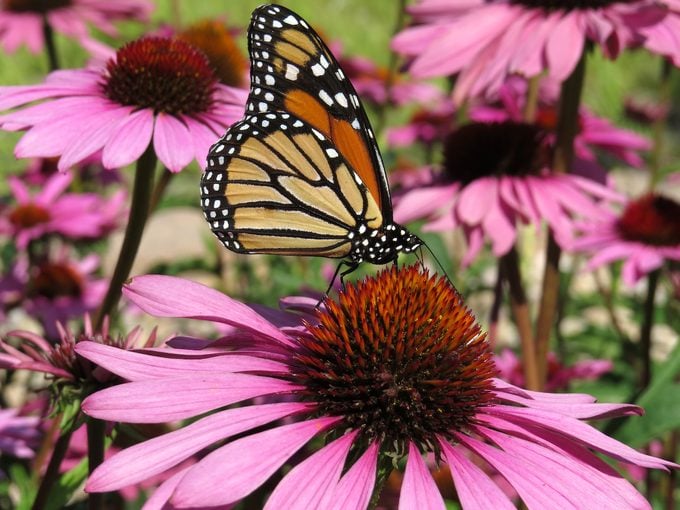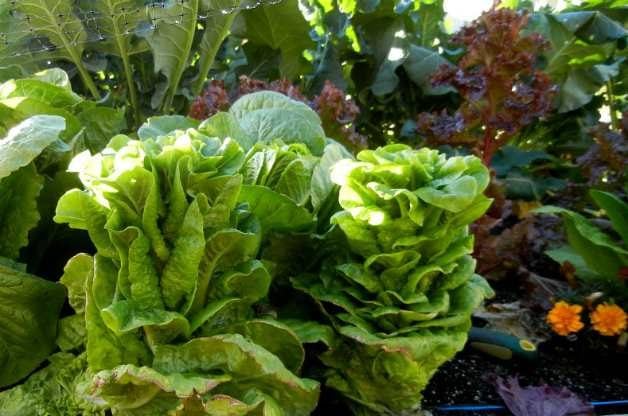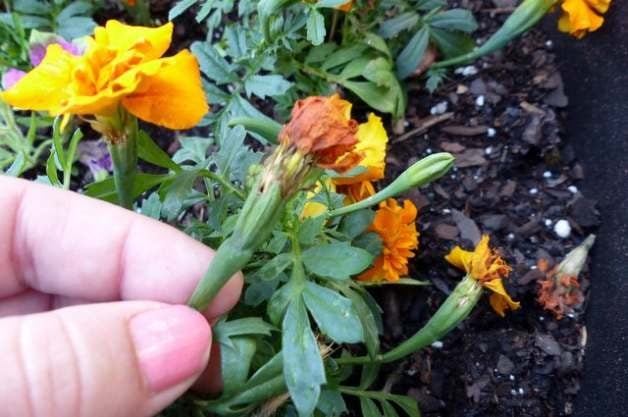Annuals vs. Perennials — What is the Difference?
Updated: Oct. 13, 2021
Planning to grow a flower garden? Learn definitions to the common gardening terms, such as annuals vs perennials, before you visit the garden center.
Our editors and experts handpick every product we feature. We may earn a commission from your purchases.
Whether you are just beginning or you’ve been in the garden for decades, give yourself a refresher on some common gardening terms such as annuals vs perennials. The next time you chat with a garden center employee or a neighbor over the back fence, you’ll sound like a pro.
Annuals vs. Perennials

It may seem logical that an annual plant comes back annually. But that would be a perennial plant, as in a perennial star year after year. An annual plant blooms, goes to seed and dies all in one growing season—in other words, it needs to regenerate itself annually. Try these fast-growing annuals you can grow from seed.
Biennial
A biennial plant sprouts one year, flowers the next and then dies. Psst—check out these gardening mistakes you might be making with your perennial plants.
Bolting

This is another way of saying “going to seed.” Lettuce plants bolt as hot weather sets in. Sensing their time is short, they hurriedly form seed for the next generation. Some birds, like goldfinches, love to eat lettuce seeds.
Cover Crops
These are crops that are sowed quickly to cover the soil and protect it from erosion. Later, the crops are turned into the soil to release nutrients. Get answers to the most common plant problems.
Deadheading

For gardeners, deadheading plants means removing old flowers after they wilt. This encourages new blooms and keeps the plant from going to seed.
Determinate vs. Indeterminate
A determinate plant has a predetermined size, at which point it stops growing. An indeterminate plant has a less definite mature size—it grows until something stops it, such as a barrier or a fall frost. These terms commonly refer to tomato plants. Learn the difference between heirloom and hybrid tomatoes.
Hardening Off
In spring, a gardener gradually transitions tender plants outdoors by slowly introducing them to wind and direct sunlight until they adjust to their new surroundings. Here’s the best places to buy plants and seeds online.
Growing Medium
This is a sweeping term describing whatever a plant is growing in—whether it’s topsoil, potting mix or compost. Follow these tips to take your garden from good to great.
Pruning vs. Pinching
Pruning is the purposeful removal of unwanted growth, perhaps by using hand pruners to cut back a stem or the chainsaw to remove a limb. Pinching is a form of pruning during which part of the stem tip is removed near a node to encourage side branching. Here’s how to become a pruning pro.
Scarification vs. Stratification
These are two different treatments to get seeds to sprout. Scarification is nicking the outer coat, while stratification is subjecting the seed to cold for a period of time, mimicking winter.
Top Dressing
This term simply means topping off the soil with up to an inch of fertilizer, compost or other soil amendment to replenish the area and aid growth.
Volunteers
Plants that sprout on their own without the intervention of people, are known as volunteers, whether they come from acorns squirrels left or wildflower seeds dropping on bare soil. These inexpensive plants will make your garden pop.
Xeriscaping
You are xeriscaping if your landscaping features plants that tolerate drought and need little irrigation. Learn how to conserve water in the garden.
Garden Reference Books
Once you know the basics, such as annuals vs perennials, review the fundamentals of planting, potting and pruning with Beginner Gardening Step by Step: A Visual Guide to Yard and Garden Basics. The book provides solutions to common backyard problems and features DIY projects with helpful how-to photographs.
Whether you have acres or your lot is a little bigger than a postage stamp, Gardening for Beginners: Your Starting Guide to Learn How to Grow Anything from Decorative Plants to Backyard Vegetables helps you plan for a beautiful and productive garden.
